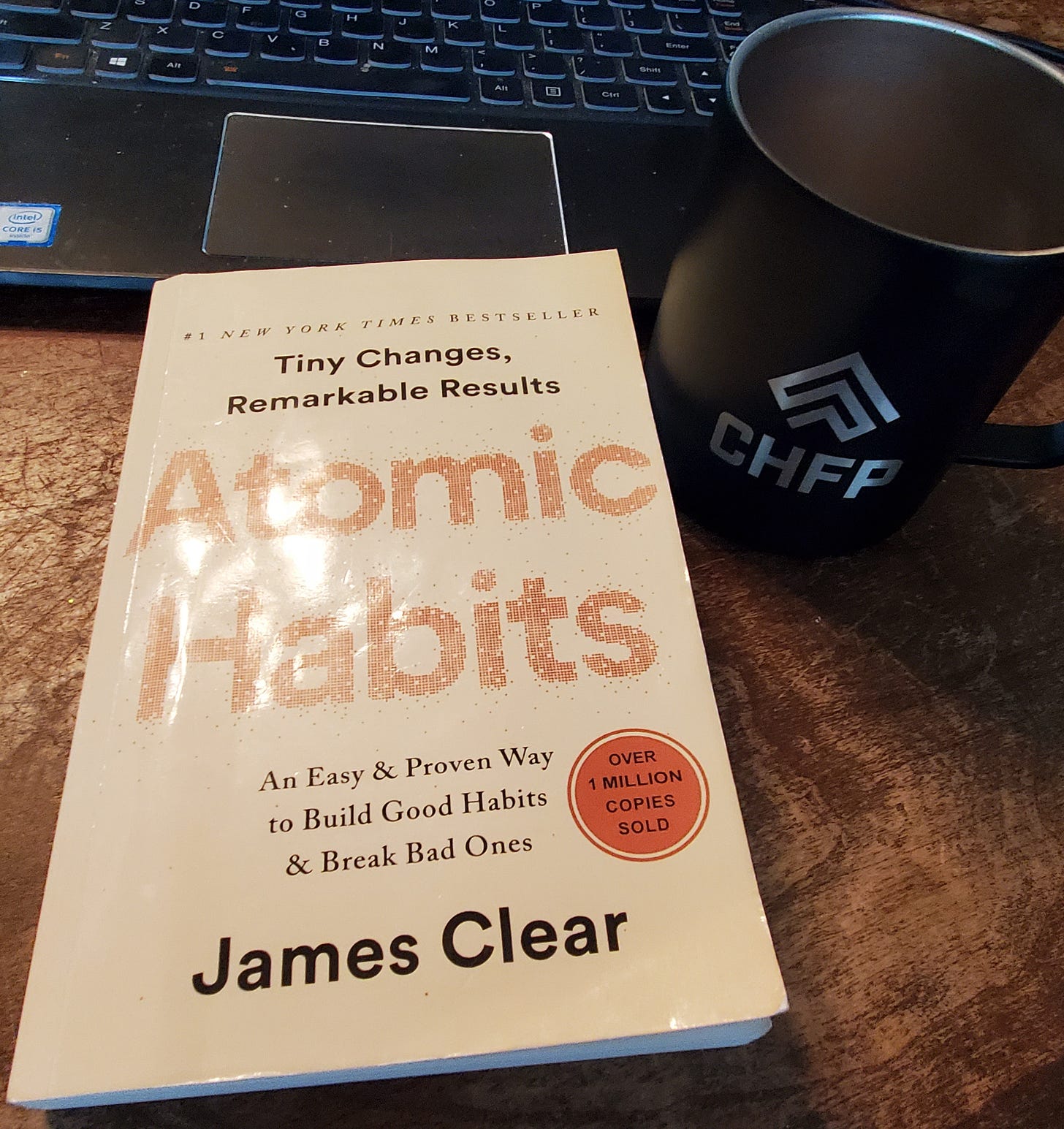They say football is a game of inches, the same concept is true for changing or creating habits that last. A habit that makes only a one percent change is going to be more impactful and sustainable than habits designed to make huge changes. A performance (weight loss) goal of one percent improvement (losing one pound per week) is going to be more attain…
Keep reading with a 7-day free trial
Subscribe to The Emergency Management Network to keep reading this post and get 7 days of free access to the full post archives.




